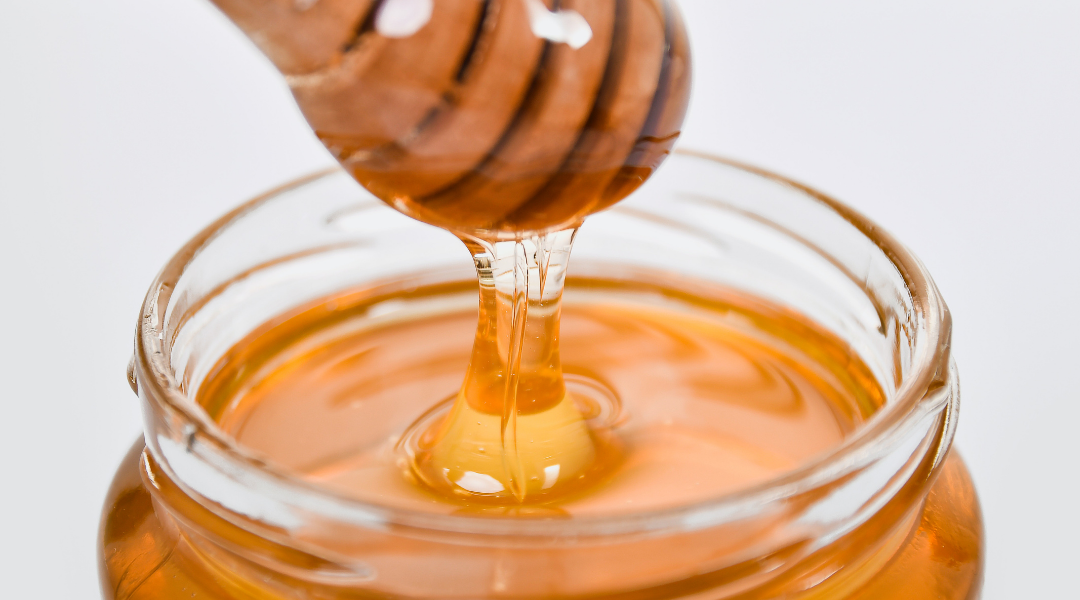Do you know the different types of existing hives? Do you know which are the most used? Next we will enter you into the curious world of bees, where you can learn a little more about their habitat.
What are hives?
The place where bees live is called a hive. It is a construction made by man, in order to house a swarm of bees inside.
In this way, a hive is an artificial home, which can be made of braided straw, wood, ceramic, cork or even plastic. Among drones, the workers and the queen bee, a total of 80,000 bees can inhabit it.
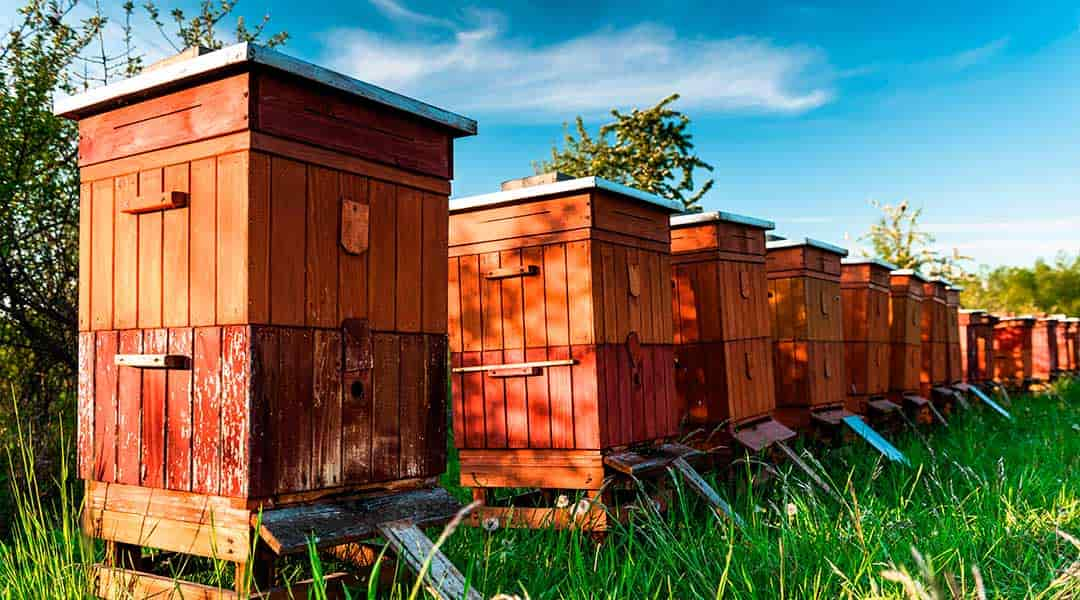
Types of hives
Do you know the different types of hives? The truth is that we can find fixed or mobile hives, although the latter are the most used today.
In this sense, the truth is that fixist hives are hardly used today, but were used in the past for subsistence purposes. They were made with materials such as clay or clay, plant tissues, etc.
For their part, mobile hives are the most widely used today; being able to find a wide variety of different models.
After the appearance of the Langstroth model, easily removable and interchangeable mobile frames are used; at the same time that the “passage of the bees” is used, in order to avoid the wax bridges between the adjacent combs.
Layens hive
It is a type of hive widely used in southern Spain. It is a hive of horizontal development originating in France. Predominant model in Spain, although more and more beekeepers are considering the move to vertical hives.
Layens hives consist of 12 frames with a closed head, that is to say, without bee passage. Exceptionally we can see models of this hive with 14 or even 10 open frames, although it is not normal.
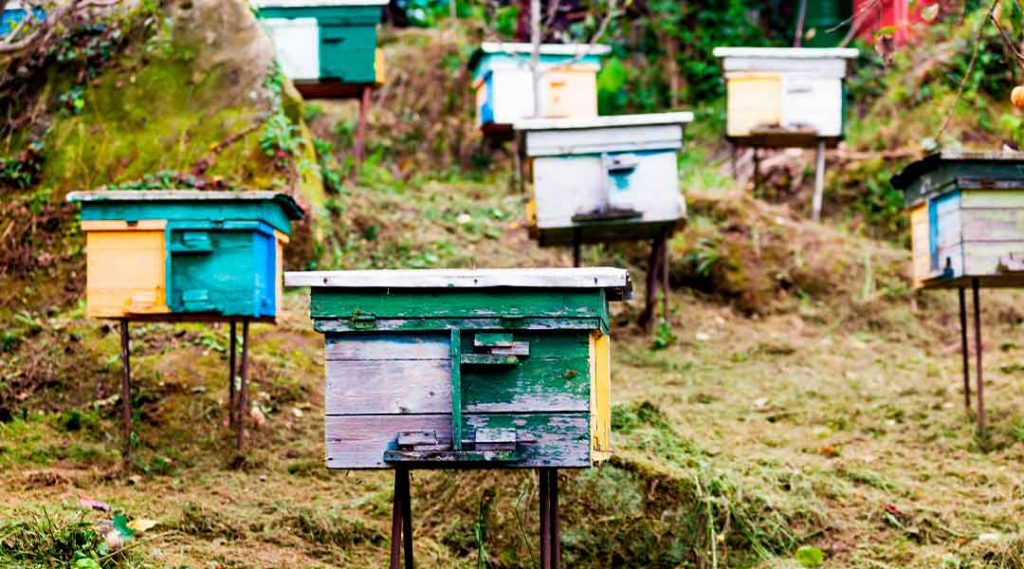
Strengths of Layens hives
- Easy to transport
- Economical price
- Ease of handling
- Although they do not use supers, they produce a good production of honey
- Wide offer of these hives
- Half hikes can be added, which is an intermediate step towards vertical handling
Weaknesses of Layens hives
- A single compartment for the rearing and storage of honey, which makes it difficult to carry out organic beekeeping, since the necessary guarantees cannot be obtained regarding the treatments.
- Difficulty transferring it
- Although it is cheaper, in the long run it is less profitable than vertical models
- As it grows horizontally, it becomes more difficult to handle and produce.
- Complicated when complying with health and hygiene measures
- As it does not have a bee passage, the use of acaricides is difficult
- You cannot see the state of the colony without removing the pictures
Langstroth hive
One of the types of hive most used in the north of Spain and Europe. This vertically developed hive was developed in the United States in 1851.
It consists of 10 frames, and can use both half hikes and full hikes. It is the most universal hive today, serving both professionals and amateurs.
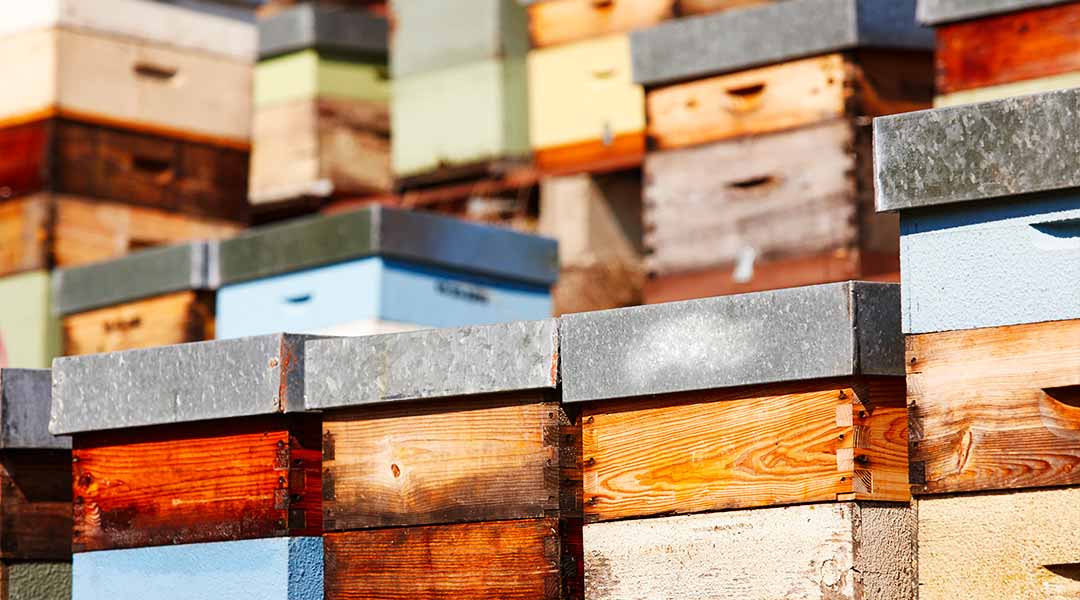
Langstroth hives strengths
- Vertical growth, facilitating the use of supers
- Great versatility and productivity
- Ease of producing monofloral honeys
- By having two separate chambers, sanitary treatments can be carried out leaving less residue in the honey
- Interchangeable frames between the brood chamber and the raise chamber
- Ease of honey extraction
Langstroth hives weaknesses
- It requires a certain experience in the use of hikes; as well as knowledge of the different accessories
- Chamber size can stay small in times of peak growth
Dadant hive
Mainly used in the Valencian Community and in some areas of Spain. In addition, they are the priority hive model in France. They consist mainly of 10 frames and half hikes.
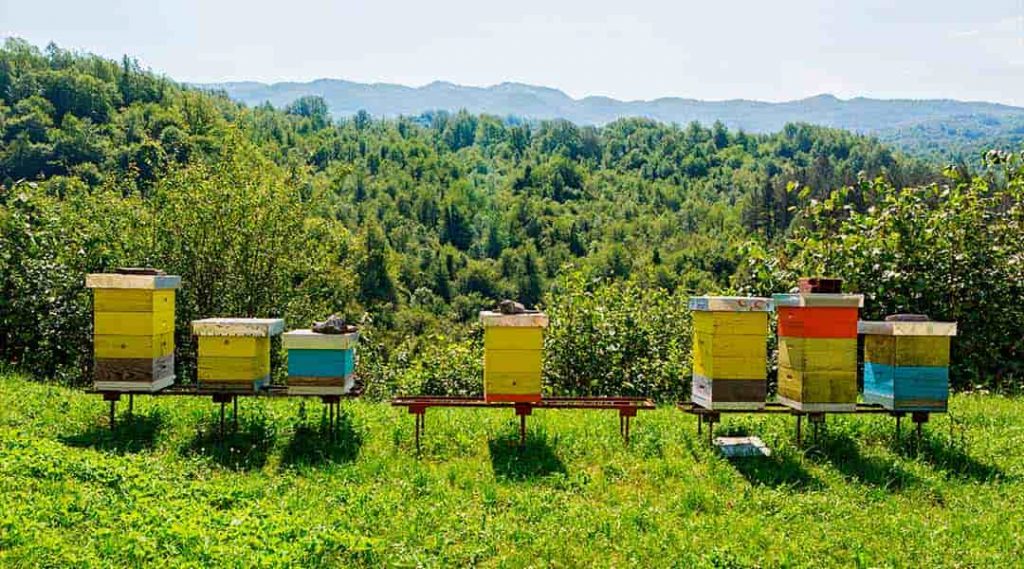
Strengths of Dadant hives
- Vertical growth, allowing the use of medium hikes
- Better development of transhumance
- Ease of swarming control
- Large brood chamber
- Considered the best hive to produce honey
Weaknesses of Dadant hives
- Higher price than other types of hives
- Transportation can be complicated if we have a lot of hikes
- Frames are not interchangeable
- Management is more complicated than Langstroth hives
- Special care during short blooms
You might also be interested in:


